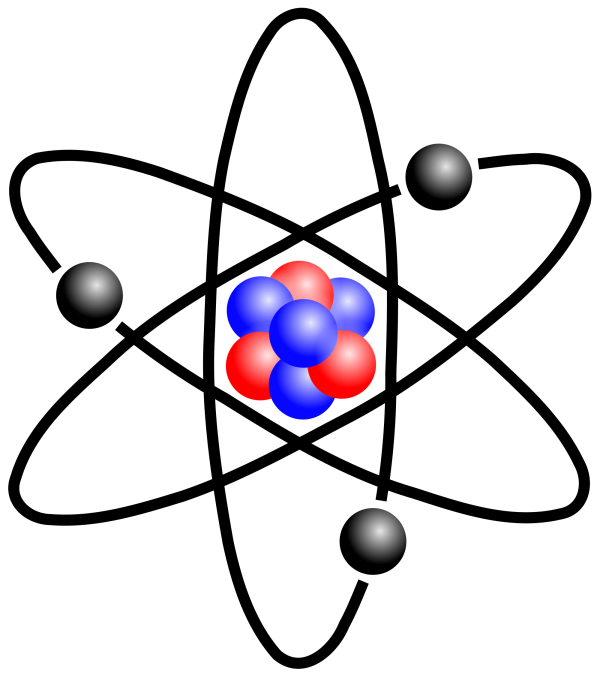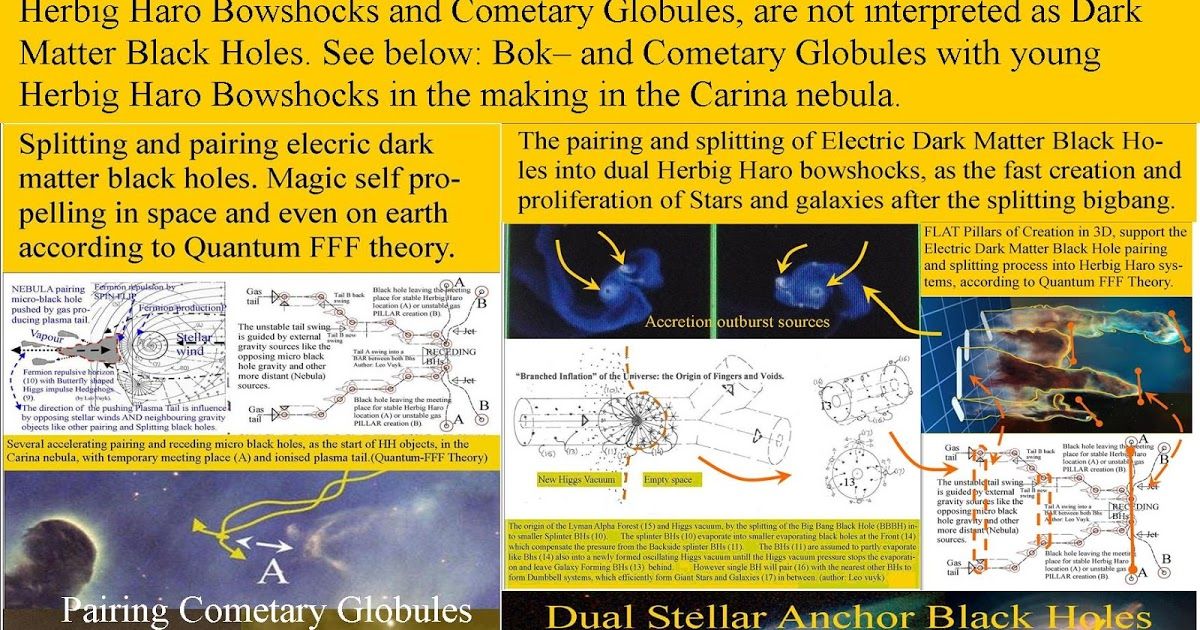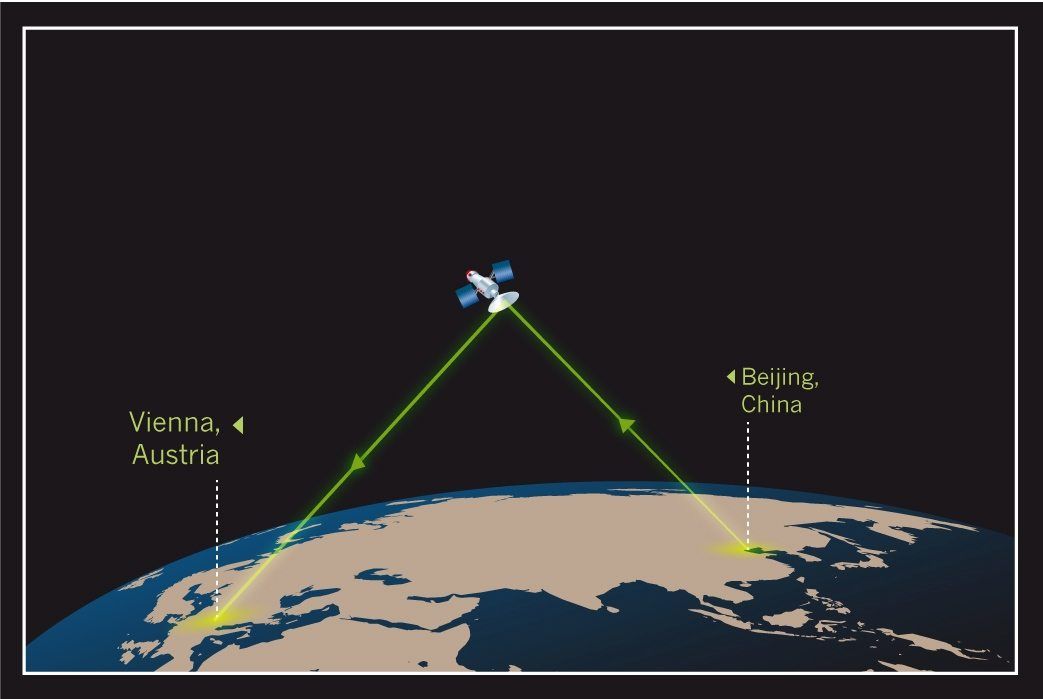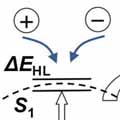Hope they’re working with QC researchers in Los Alamos and DARPA; it is the US Government which is known for its silos and multi-layer bureaucracies.
Quantum computing is a novel way to build computers — one that takes advantage of the quantum properties of particles to perform operations on data in a very different way than traditional computers. In some cases, the algorithm speedups are extraordinary.
Specifically, a quantum computer using something called Shor’s algorithm can efficiently factor numbers, breaking RSA. A variant can break Diffie-Hellman and other discrete log-based cryptosystems, including those that use elliptic curves. This could potentially render all modern public-key algorithms insecure. Before you panic, note that the largest number to date that has been factored by a quantum computer is 143. So while a practical quantum computer is still science fiction, it’s not stupid science fiction.
(Note that this is completely different from quantum cryptography, which is a way of passing bits between two parties that relies on physical quantum properties for security. The only thing quantum computation and quantum cryptography have to do with each other is their first words. It is also completely different from the NSA’s QUANTUM program, which is its code name for a packet-injection system that works directly in the Internet backbone.)









